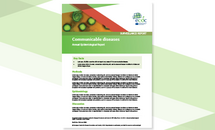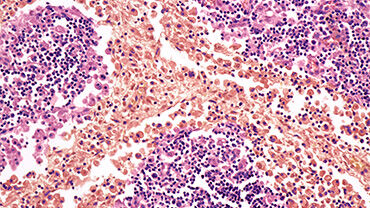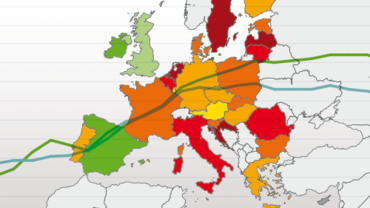Typhoid and paratyphoid fever - Annual Epidemiological Report for 2019
Typhoid and paratyphoid fevers are severe systemic diseases which are relatively rare in the EU/EEA and mainly acquired during travel to countries outside the EU/EEA, particularly South Asia. In 2019, 24 EU/EEA countries reported a total of 1 439 cases of typhoid and paratyphoid fever. The EU/EEA notification rate was 0.37 cases per 100 000 population.
Of the 1 114 cases with available information, 92.4% were related to travel, with Pakistan and India as the two main travel destinations. In 2019, 10 countries reported travel-associated cases with an extremely drug-resistant Salmonella Typhi (S. Typhi). These were related to the typhoid fever outbreak ongoing in Pakistan since 2016. This poses an issue for treatment, as the strain is resistant to all the antimicrobials which are normally used in the treatment of typhoid fever. It only remains susceptible to azithromycin, carbapenems, and tigecycline.
Cases in the EU/EEA showed clear seasonal trends, with a pronounced peak in September and a small peak in late spring, likely related to travel patterns. Although vaccines against typhoid fever are available, it was still more frequently reported than paratyphoid fever, for which no vaccines are yet available.
Download








